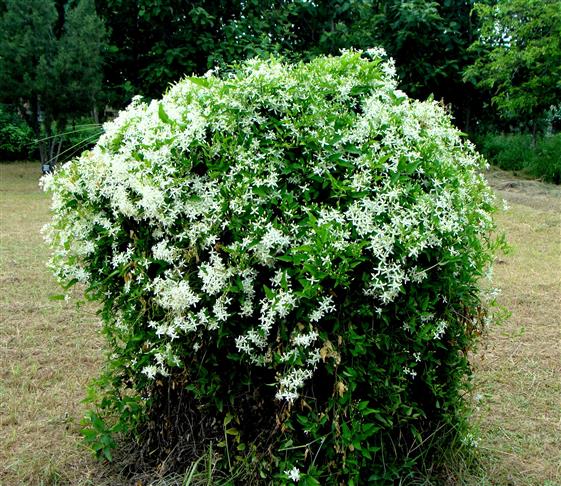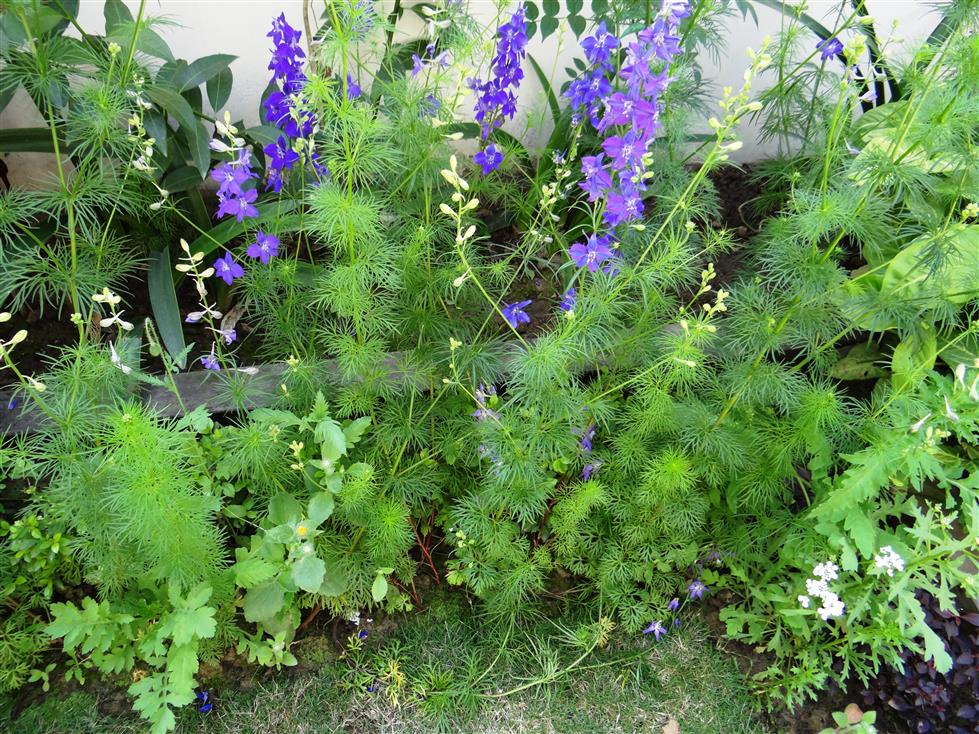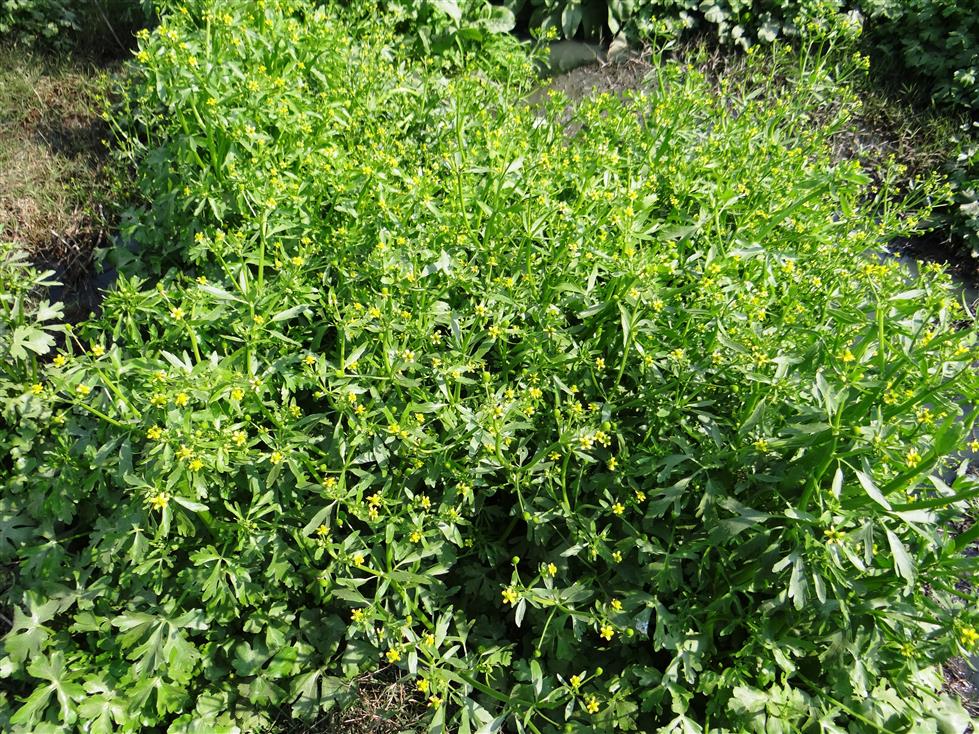RANUNCULACEAE
Annuals or perennials; predominantly herbs, sometimes shrubs, woody climbers, very rarely trees, a few aquatics. Stem unarmed. Leaves basal or cauline, alternate, rarely opposite or whorled; petioles usually present, often proximally sheathing; leaf blade simple, dissected or not, or variously compound, usually palmately nerved, rarely pinnately nerved. Stipules usually absent. Inflorescence terminal or axillary, simple and compound cymose, rarely racemose, sometimes flowers solitary. Flowers bisexual, sometimes unisexual, actinomorphic, rarely zygomorphic, pentamerous, spiral or spiro-cyclic, rarely cyclic, hypogynous; thalamus cone- or dome-shaped. Sepals 3-6, usually 5, free, green or petaloid (when petals wanting), imbricate, rarely valvate, rarely spurred. Petals 0 or 3-5(-8) or more, free, imbricate, caducous, rarely spurred; nectaries of various forms present at base. Stamens usually many, rarely few, free; filaments linear or filiform; anthers dehiscing by longitudinal slits. Carpels usually many, sometimes few, rarely 1, free, rarely united to various degrees; ovary superior, unilocular, ovules many, placentation marginal or solitary basal ovule; styles absent or one, persistent in fruit as beak; stigma simple. Fruits of 1 or more achenes or many- seeded follicle, rarely capsules or berries; usually achenes aggregated into globose to cylindrical heads. Seeds small with abundant endosperm.
62 genera and 2242 species


